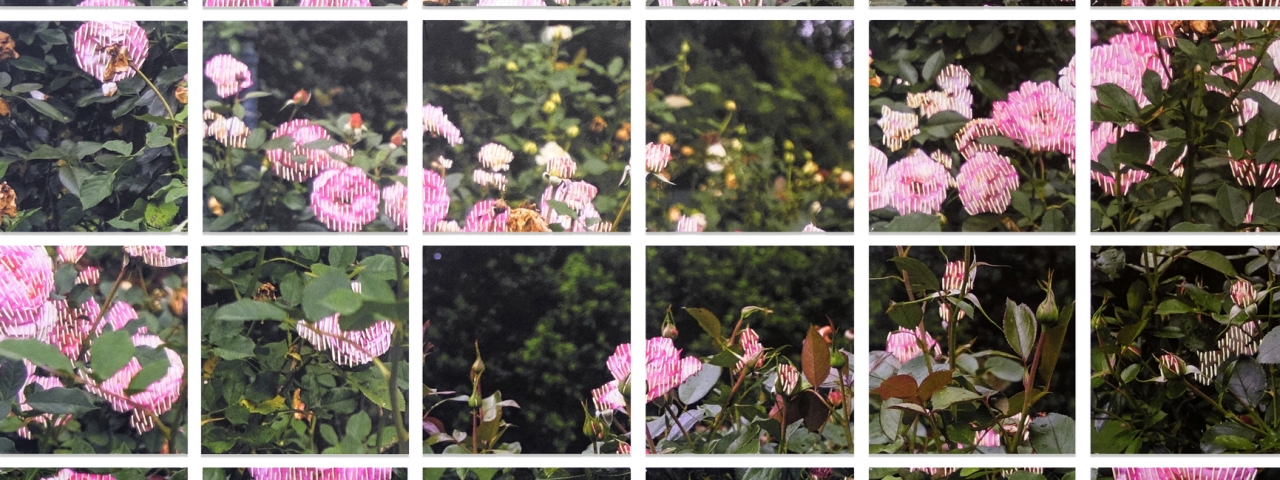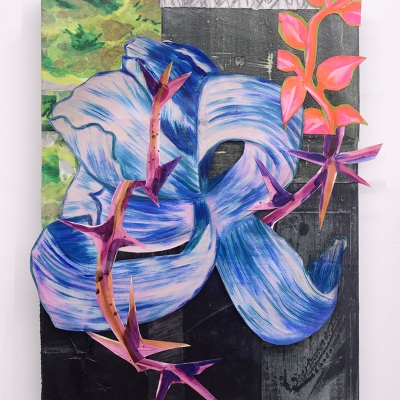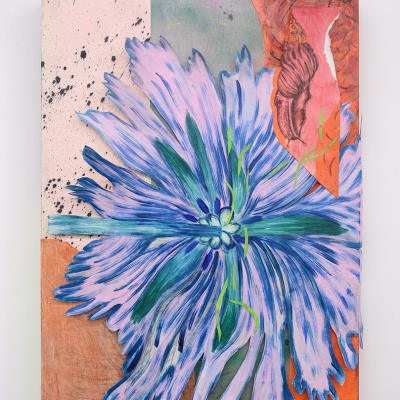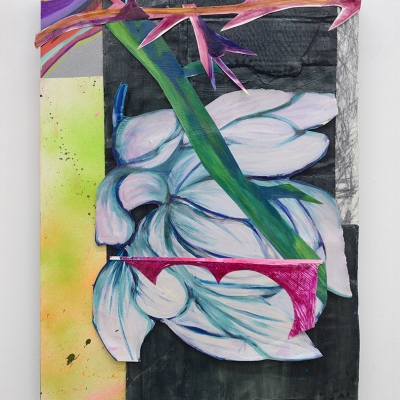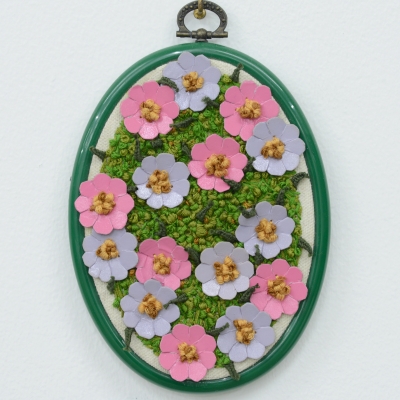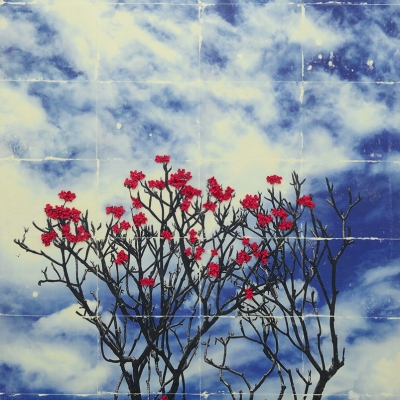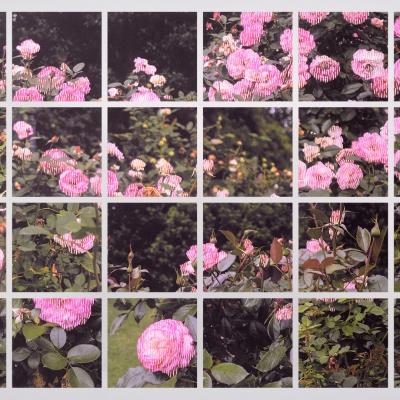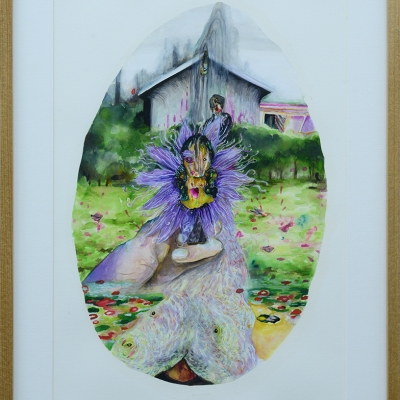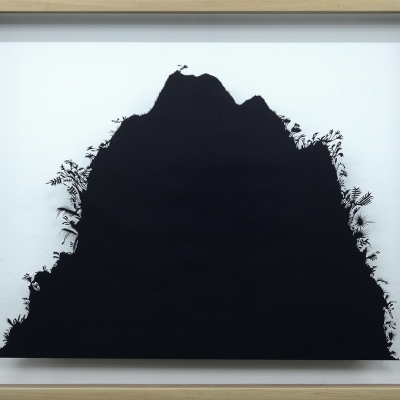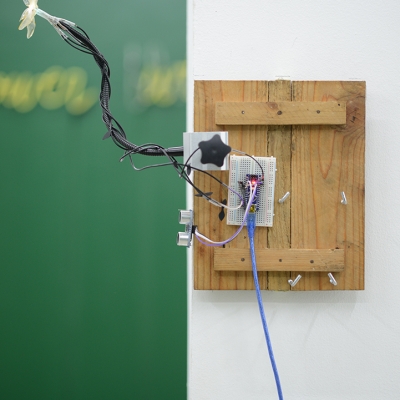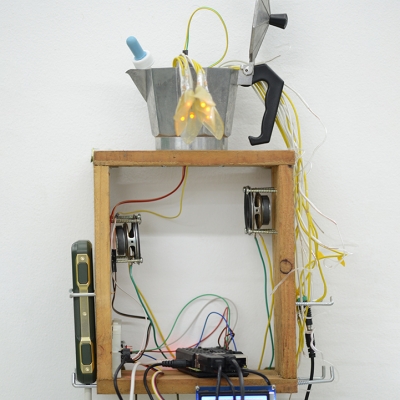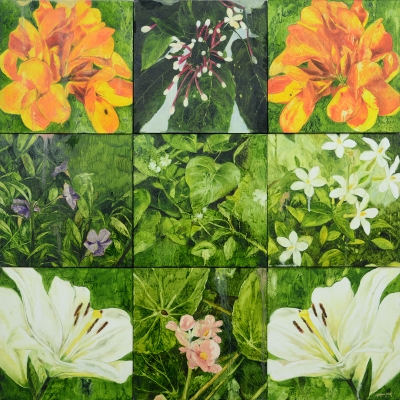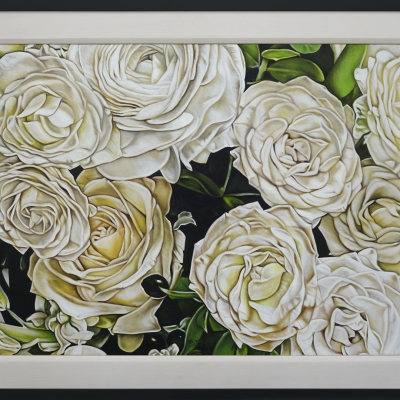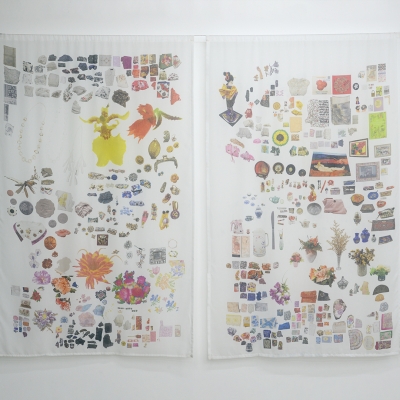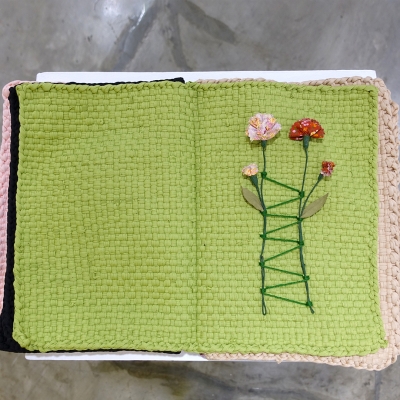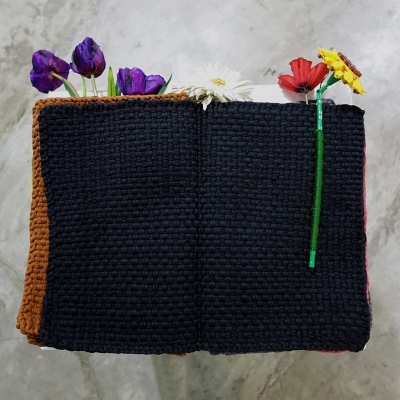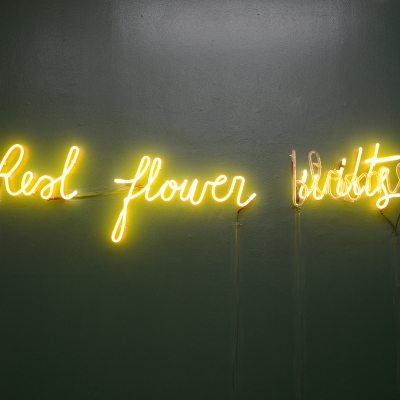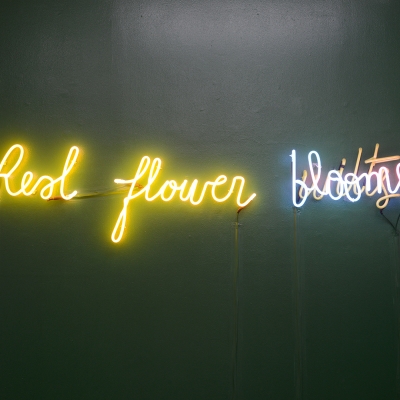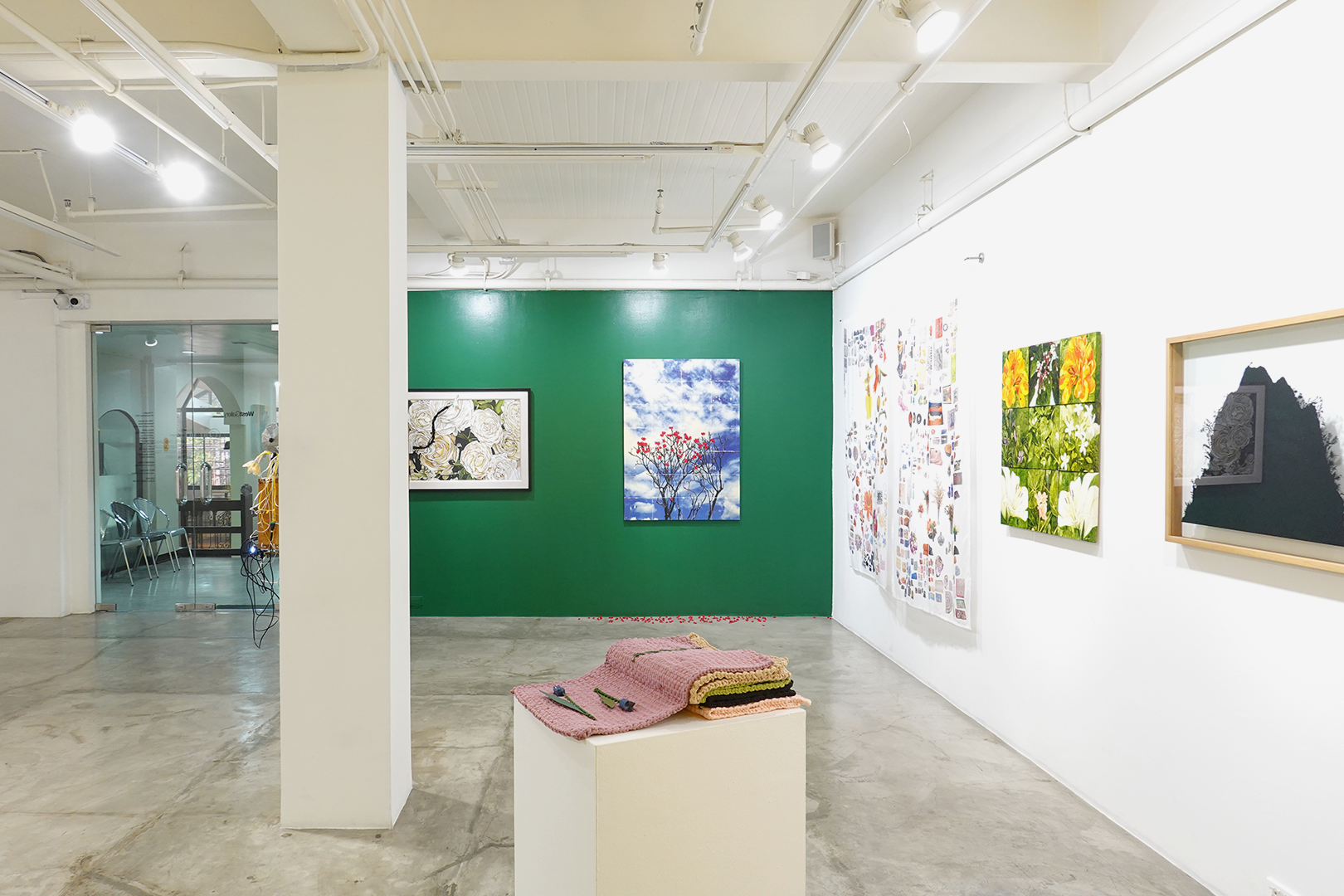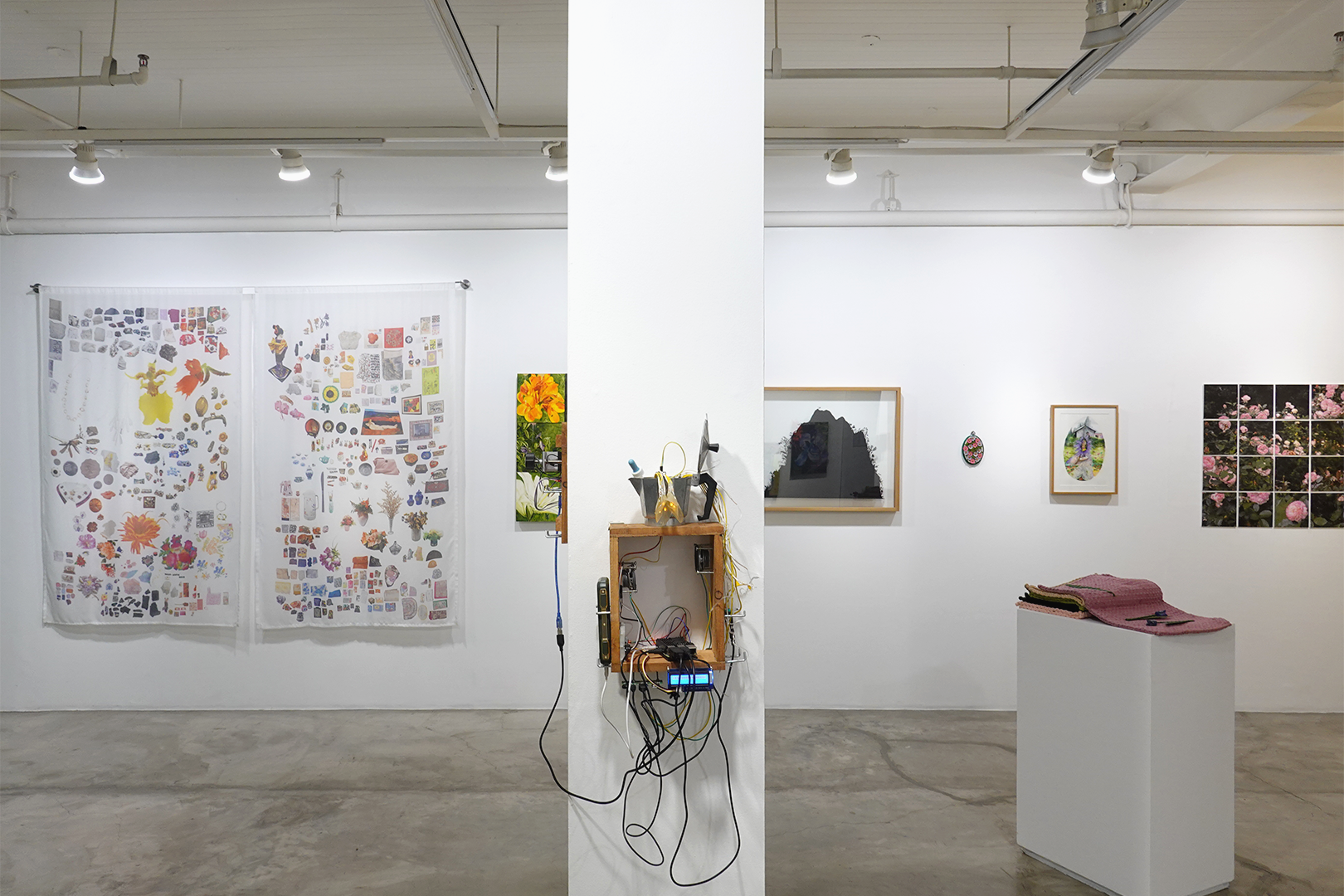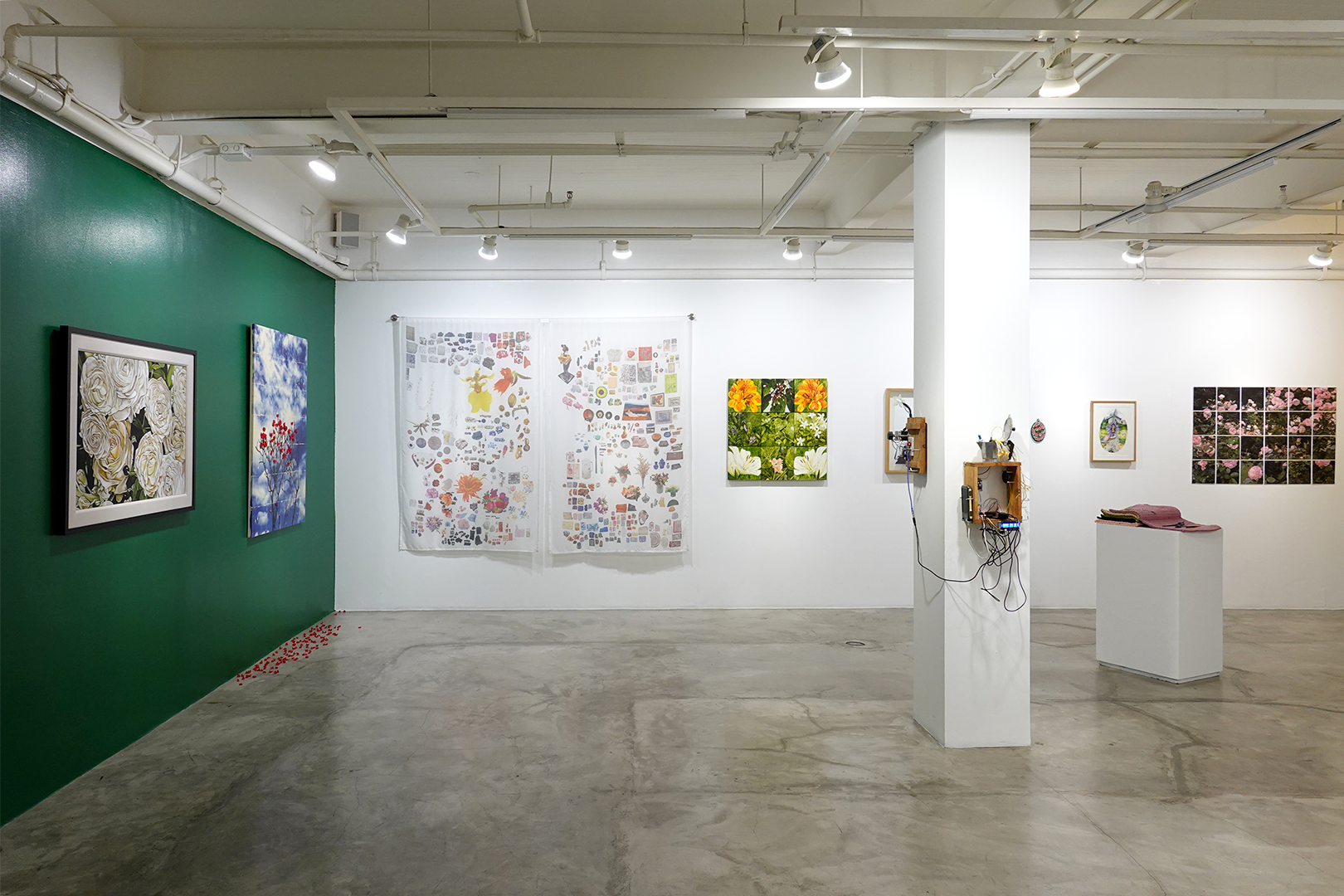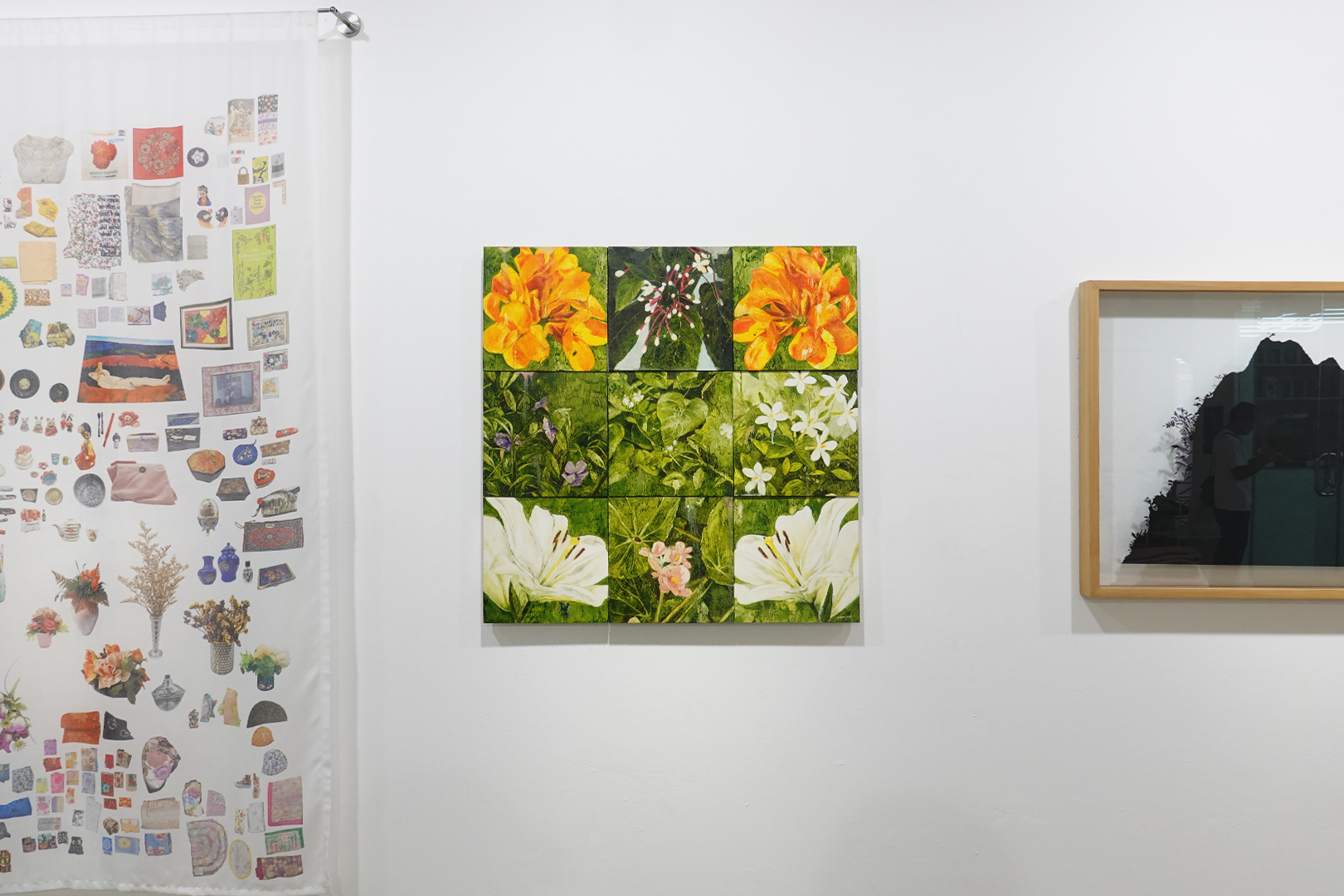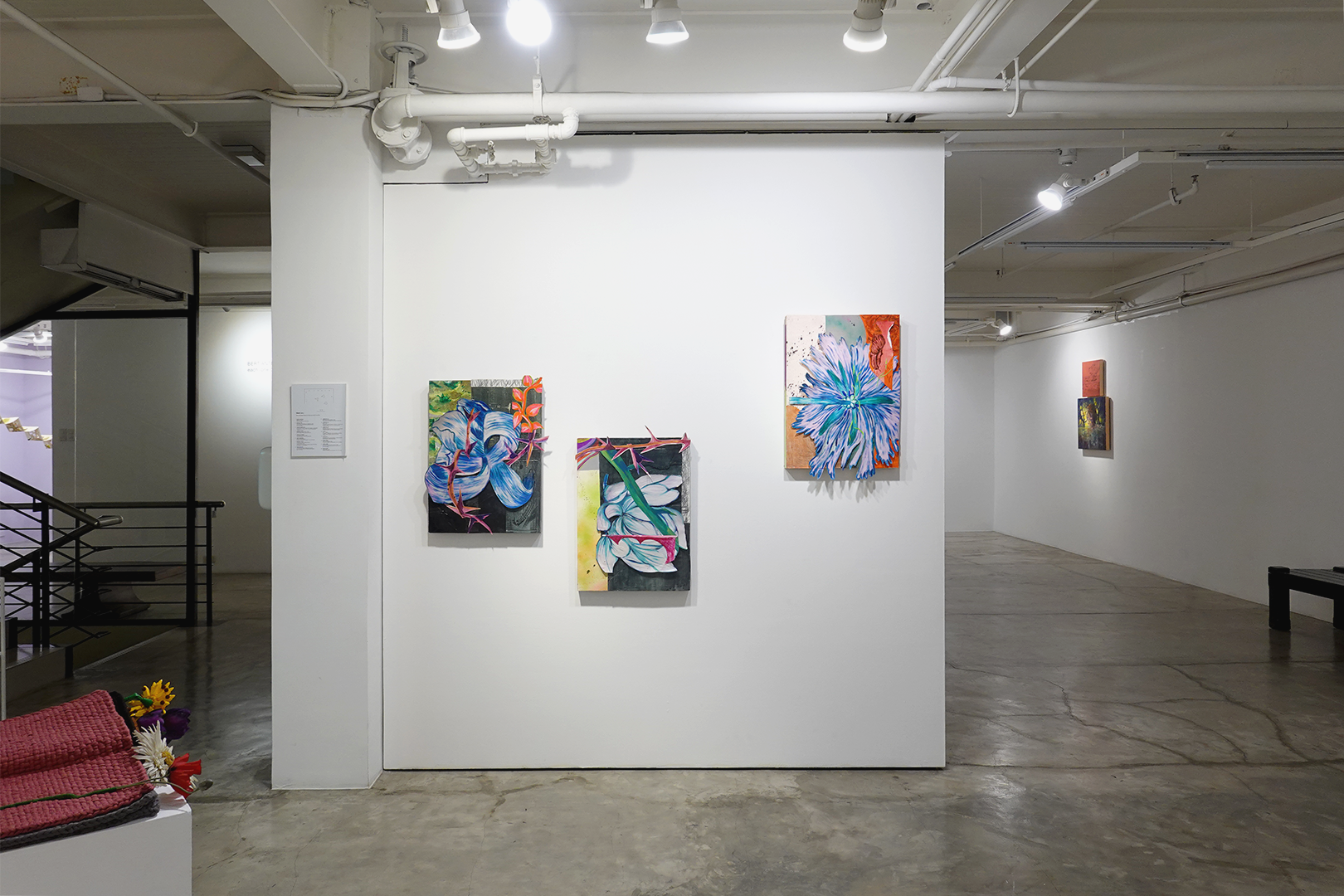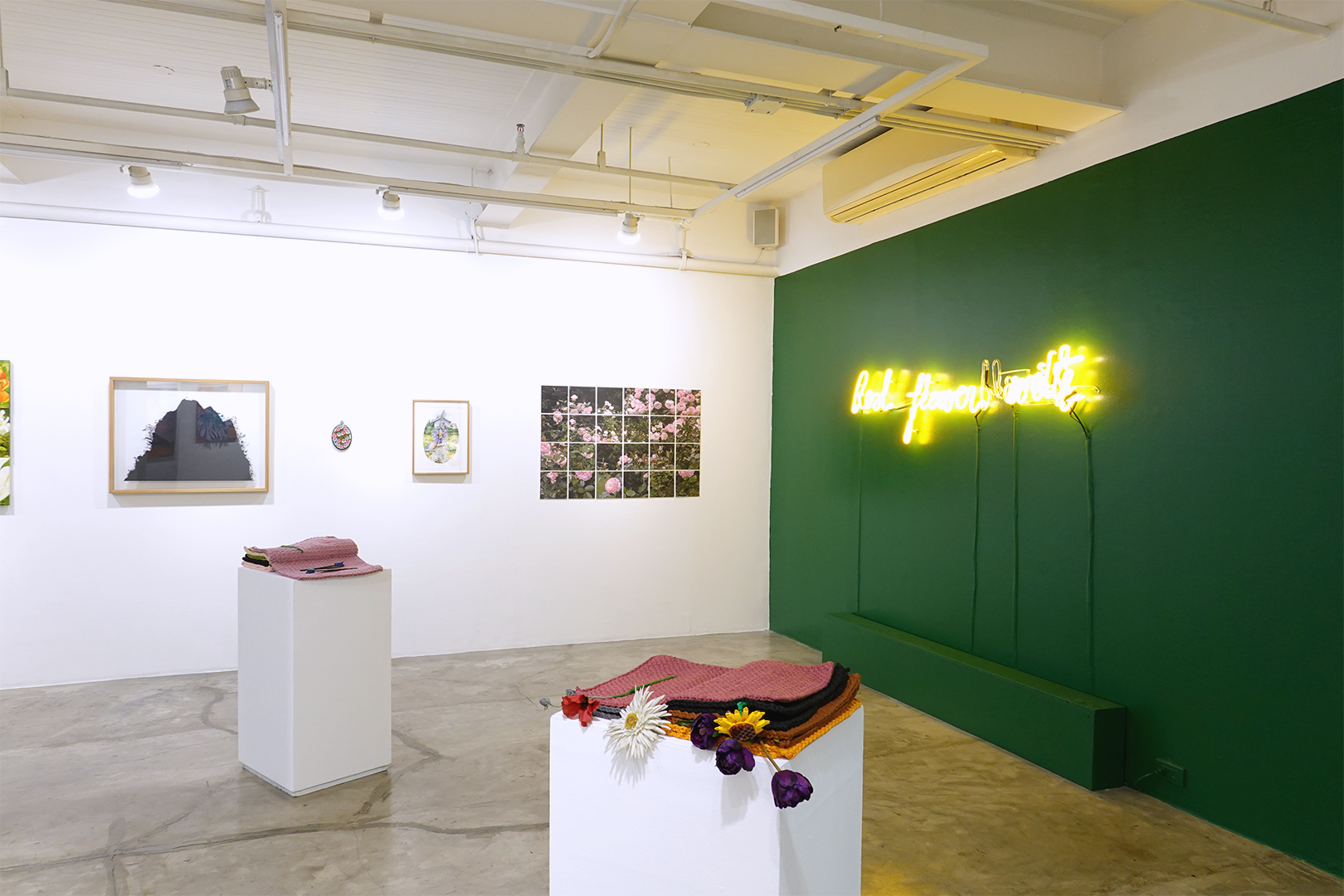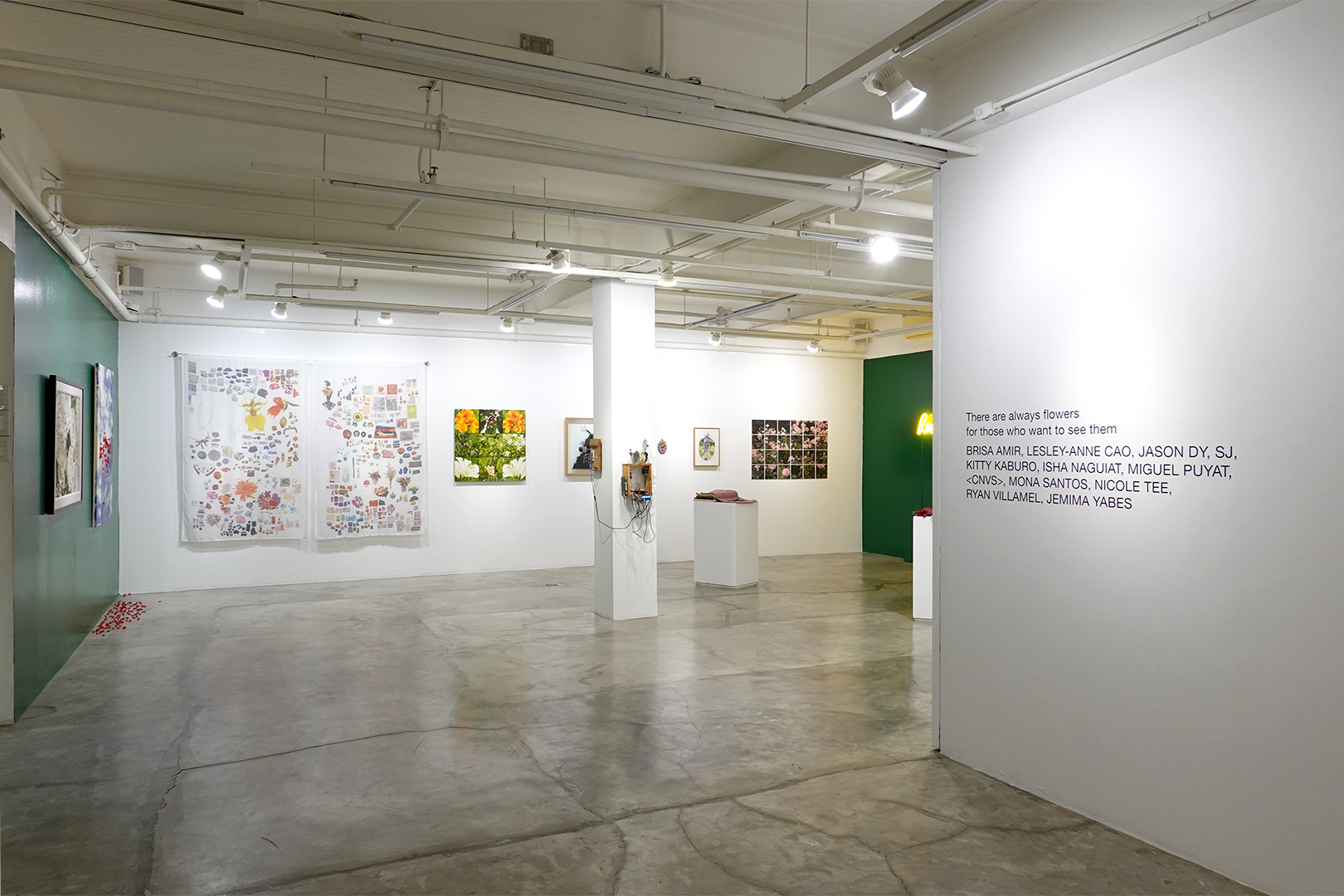There are always flowers for those who want to see them
Drawing from a study conducted by Professor Jeannette Haviland-Jones, Nicole Tee curates a group exhibition that celebrates one of the most ubiquitous sights across history: the flower. Prof. Haviland-Jones’ study paper posits in three different studies scientific data exhibiting that flowers evoked positive feelings, with immediate effect.
Urbanisation and the pursuit for constant, rapid growth — a marker for the modern age — often put a pause to our own introversion and appreciation for quiet and stillness. So we look, again, to nature.
In There are always flowers for those who want to see them, named from a text by Henri Matisse, 11 artists join together to celebrate the flower, and in its humility and, simultaneously, unbridled magic, its inexplicable yet quantifiable positive effect on human emotion. These artists have responded to the broad idea sifting through a wide spectrum of emotion, each a study in introspection or commentary on the process of working with flowers.
Brisa Amir’s mixed media pieces are bursts of colour and whimsy, lush floral arrangements enclosed in thorns. Miguel Puyat’s playful practice is embodied in an embroidered hoop, a careful arrangement of flowers in a delicate grid. Ryan Villamael pays tribute to his mother’s love for flora with “My Mother’s Garden”, carving out intricate blooms from an imposing structure, requiring from the viewer a closer look and contemplation.
Known for her close-up depictions of flowers, Mona Santos’ painting of an arrangement of white roses is a meditation on light. Scaled much larger, Santos’ roses transcend delicateness and command a certain quiet power.
Isha Naguiat’s embroidery on a digital print is a puzzle of roses, resulting in a reconfiguration that still evokes the serenity and beauty of the flower, despite the unfamiliar arrangement. Similarly, Jemima Yabes reimagines the craft of flower arrangement, distilling the meditative quality and sense of fulfillment it often brings in her series of small works. Creating an almost endless iteration with the rearrangement, she says, “We can arrange it all we want without the feeling of losing.”
Jason Dy, SJ’s installation, “REAL FLOWERS WILT/BLOOM”, is a neon work presented with two soft books, with assorted flowers stitched on handwoven pages, a study on flowers’ ephemeral quality, where the meaning changes as time passes.
In an effort for preservation and remembrance, Lesley-Anne Cao’s “Arrangement (490 flowers, 67 A. Mabini), is a “visual catalog of this interior world,” where the artist follows ‘the simple criterion of flora’ and arranges digital cutouts of items in her family home — which they are vacating this year after three decades — that registers as floral.
Kitty Kaburo’s “She’s a Passionflower” is a “supersaturated outpouring of grief amidst change and alienation” and a reminder to stay rooted when faced with the harsh realities of life. Memorialising her tita’s first death anniversary and the 2022 Philippine National Elections, Nicole Tee’s “The Flower That Blooms in Adversity” is a reminder to reflect on good memories, despite recent struggles and difficulties — embodied in a tree with no leaves and pink blooms.
Issay Rodriguez’s installation is interactive, reactive, and ephemeral, featuring sensors, and requiring the presence of the body to elicit a response that leads to the completion of the artwork.
Through There are always flowers… these artists processed grief and other complex emotions, channeling them into making something beautiful. Although Professor Haviland-Jones has not pinpointed what it is about flowers that ignites positive emotions, her studies have led her to one conclusion that goes beyond the magic of flowers: “[The study] supports the basic significance of emotion for survival.” In And Our Faces, My Heart, Brief as Photos, John Berger asks, “What can grow on this site of loss?” This exhibit provides some answers, some joyous, or at least on the way towards it.

